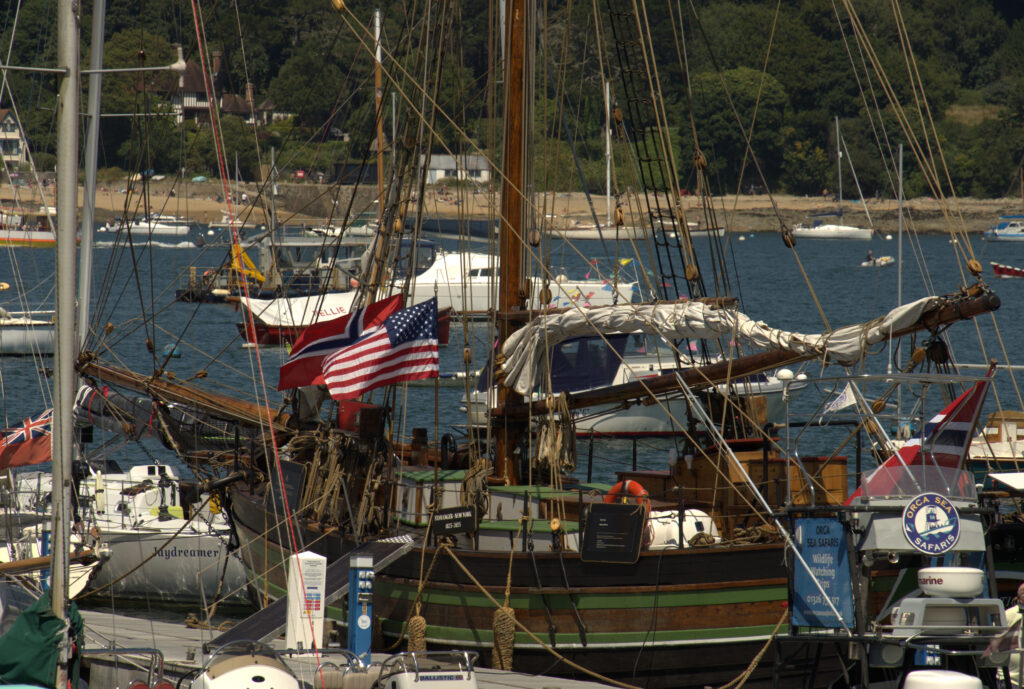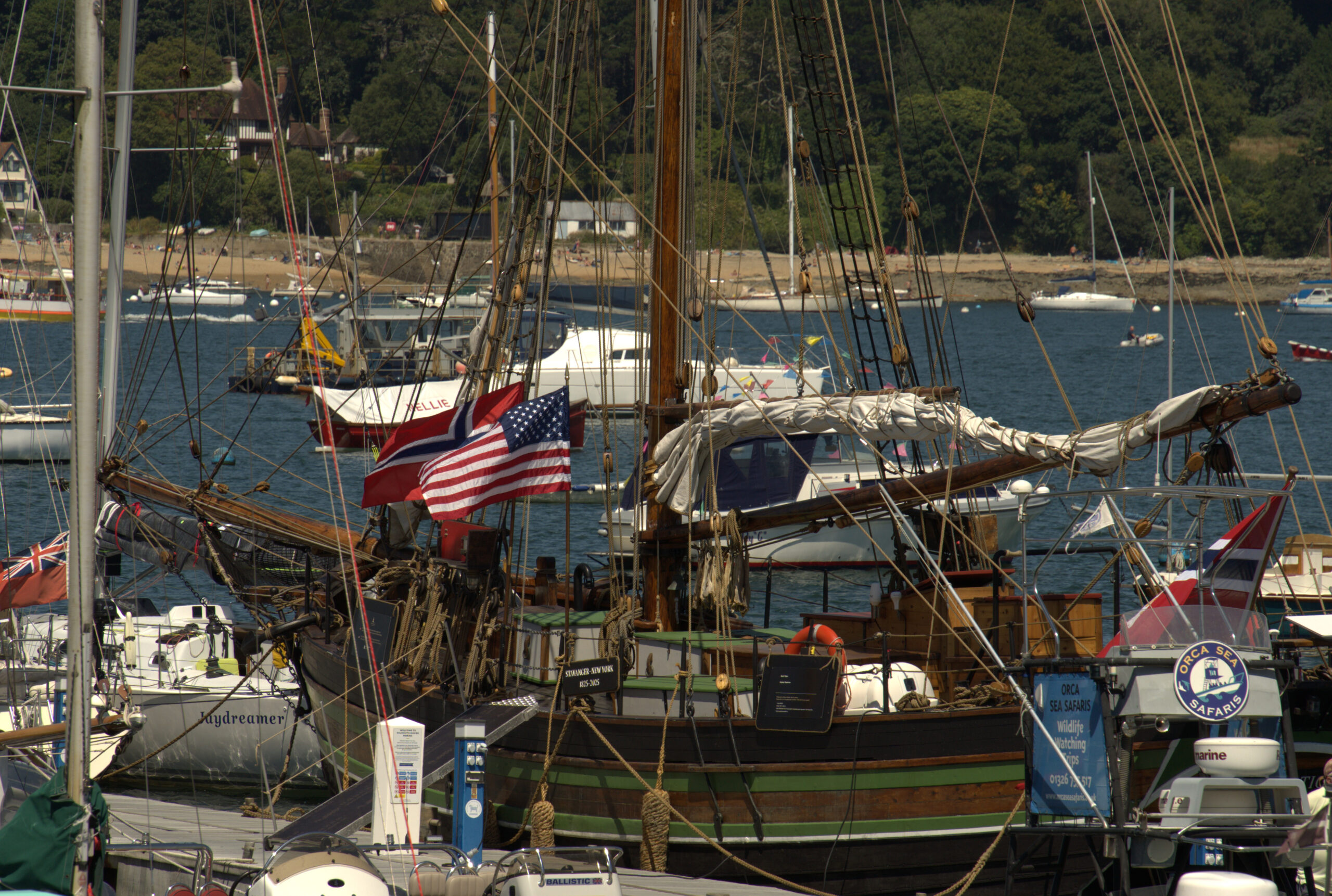Yesterday, the Restauration, a ship donned the ‘Norwegian Mayflower’, docked in Falmouth in a re-enactment of its 1825 journey from Norway to North America. Yet the colonial nature of this voyage has been ignored in favour of celebration.
The bicentennial voyage has a noble and necessary message – to emphasise the benefits of emigration and diversity across the globe. However, this is the a depiction of a pioneer ship whose passengers directly benefitted from the ethnic cleansing of Native Americans. So, it may not be the best model for that idea.
“The Norwegian Mayflower”.
In the early 19th century, Norway was facing chaos. Political unrest, agricultural failures, and religious oppression were amidst the pressures facing residents. There was a mass emigration from the peninsula and those who looked elsewhere for a better life sought the shores of the United States.
The driving force behind the emigration of the 52 passengers of the Restauration was a longing for America’s religious freedom. This is ironic, when considering that by the mid-1800s, almost all aspects of Native American religious practices were outlawed. Intially the ‘Sloopers’ (the name given to the passengers of the Restauration) landed in New York, where they were immediately detained for overcrowding their ship. After a decade in the US, a handful of them migrated to modern-day Illinois and bought land on which the Fox River Settlement would be built.
The Fox River settlement was the former seasonal residence of multiple tribes, including the Potawatomi, Sac, and Fox nations. For a time, there were relatively reciprocal relations with French settlers who engaged in trade and intermarriage. But as the United States colonised westwards, the government sought to purchase as much Native land as possible. In 1816, Sac Chief Black Hawk signed a treaty with the US Government, selling the land to the state with the understanding that tribal peoples could live there in perpetuity.
However the arrival of white settlers to the Saukenuk camp in 1828 drastically changed the dynamics of the area, eventually leading to the ethnic cleansing of the Sac and Fox people. After several years of trying to persuade the settlers to leave, the inhabitants were forced into violent resistance when the US government intervened, invoking the 1816 Treaty, forcing the native population out of the area -an event which became known as the Black Hawk War. Of the 2000 men, women, and children who resisted this forced removal by the US, less than 100 survived. This horrific mass slaughter was carried out by US troops after the group raised a white flag. The Sloopers settled there in 1834, two years after the Black Hawk War, buying their land from the US government.
Falmouth’s recent clash with colonial history.
This is an unsurprising story, and perhaps isn’t one that Falmouth needs to celebrate. It’s not the first time the area has shied away from its colonial past; despite calls from locals over recent years, King Charles the Martyr church is still resistant to addressing their memorial to Thomas Corker, who was England’s Chief Agent for the Royal African Company on York Island. The activists correctly point out that the company carried out the transport of the highest number of enslaved men, women, and children to the Americas during the era of the Atlantic Slave Trade.
Stories relayed back to Norway by the Sloopers created great excitement, leading to the migration of hundreds more people to this ‘new land’. Over the following 80 years, 800,000 Norwegians emigrated to the US.
This weekend, the Restauration II sees Falmouth as its temporary home.



Leave a Reply